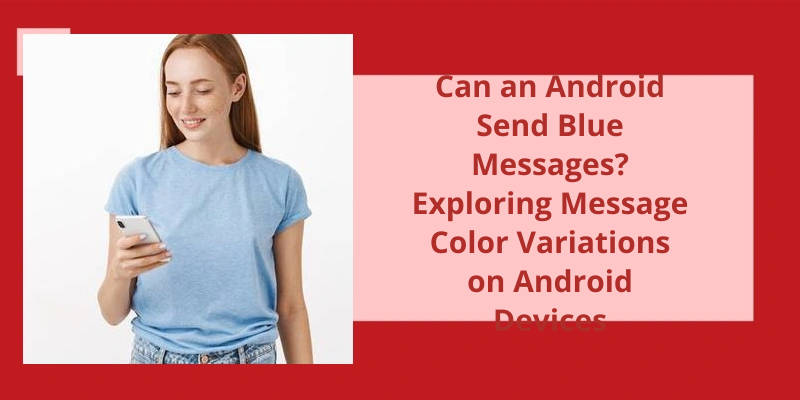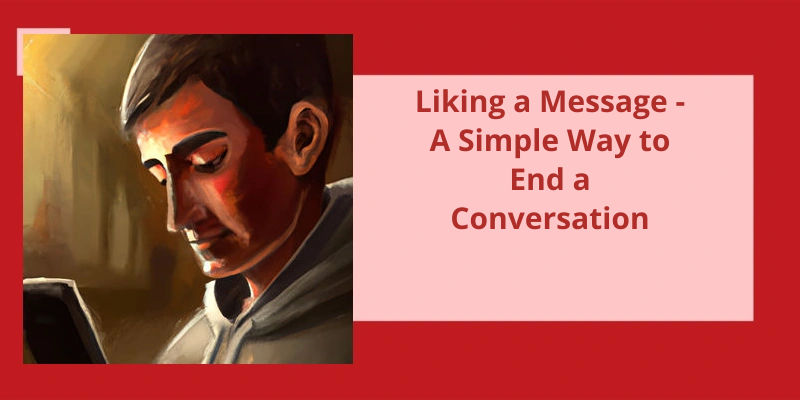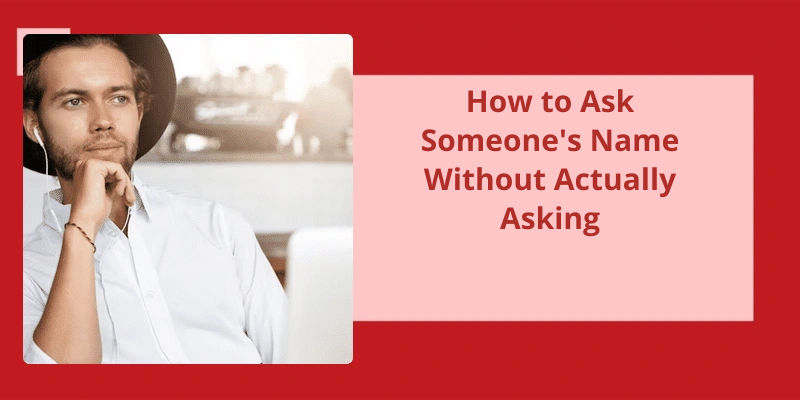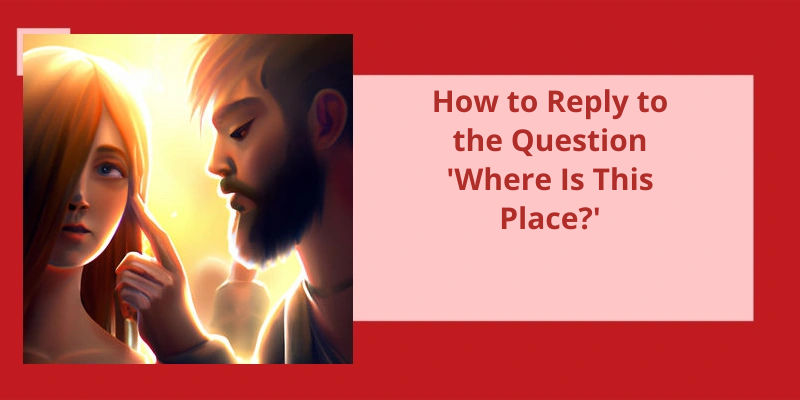When it comes to the world of messaging, Android users have long envied their iPhone-toting counterparts for one particular feature: the illustrious blue bubble. Those who reside in the Android realm have been accustomed to the green bubble, an identifier that’s often been associated with a lower status in the messaging hierarchy. However, advancements in technology have paved the way for Android users to finally break free from the confinements of the green bubble and experience the joy of sending messages in blue. Yes, it’s now possible for an Android device to send blue messages, causing a disruption in the customary order and potentially knocking iPhone users off their perceived superiority.
Are Android Texts Green?
When it comes to text messaging on Android devices, it’s a common observation that the bubbles representing text messages often appear in green. The answer lies in the difference between SMS and iMessage, the messaging protocols used by Android and Apple devices respectively.
Android, being an open-source operating system, allows users to choose from a wide range of smartphone manufacturers and carriers. Since Android and other carriers operate within the SMS and MMS standards of text communication, these green texts are more versatile in who they can reach with their texts. Regardless of the device or carrier, Android users can send and receive text messages to anyone with a mobile phone.
It’s built into the iOS operating system, enabling Apple users to send messages, photos, videos, and other media via a Wi-Fi or cellular data connection. These messages are represented by blue bubbles, signaling that the message is being sent within the Apple ecosystem.
One key advantage of iMessage is the ability to seamlessly switch between Wi-Fi and cellular data, ensuring a smooth messaging experience. Additionally, Apple backs up all of these iMessage messages to the cloud, making it easy to restore conversations when switching devices or during a device upgrade.
While Android users don’t have access to iMessage, they’ve a range of messaging apps available on the Google Play Store. These apps offer similar features, such as read receipts, group chats, and multimedia sharing. With that said, the color of these messages may vary depending on the app being used, but it’s usually not limited to just green.
Pros and Cons of SMS and iMessage for Text Messaging on Android and Apple Devices.
- Pros of SMS and iMessage:
- Compatibility with all mobile devices
- Reliable and widespread communication method
- Ability to send text messages without internet connection
- Availability of delivery and read receipts
- Option to include media files like images and videos
- Cons of SMS and iMessage:
- Limited features compared to messaging apps
- Potential for higher costs for international messages
- Reliance on cellular network coverage for SMS
- Lack of end-to-end encryption for SMS
- Spam and unsolicited messages
- Inability to sync messages across multiple devices
Blue texts refer specifically to the messages sent and received through iMessage, which uses either Wi-Fi or cellular data. Unlike traditional SMS texts, blue texts don’t count against your text messaging plan, making them a more cost-effective option for communication.
What Does It Mean When a Text Message Is Blue?
When a text message is blue, it means that the message was sent and received using iMessage on an Apple device. iMessage is a messaging service provided by Apple that allows users to send texts, photos, videos, and other media over Wi-Fi or cellular data. Unlike SMS or MMS, which are traditional text messaging methods, iMessage uses an internet connection to transmit messages.
This encryption ensures that only the sender and intended recipient can read the content of the message.
One advantage of sending blue texts is that they don’t count against your text messaging plan if you’ve one. Instead, they utilize your internet connection, which may be more cost-effective, especially if you’ve a limited message allowance. Additionally, iMessages can be sent to other Apple devices, such as iPhones, iPads, and Mac computers, allowing for seamless communication between Apple users.
How to Enable and Disable iMessage on Apple Devices
To enable and disable iMessage on Apple devices, you can follow these steps:
To enable iMessage:
- On your device, go to the Settings app.
- Scroll down and tap on Messages.
- Toggle the switch next to iMessage to enable it. It will turn green when enabled.
To disable iMessage:
- Open the Settings app on your Apple device.
- Tap on Messages.
- Toggle the switch next to iMessage to disable it. It will turn gray when disabled.
By following these simple steps, you can easily enable or disable iMessage on your Apple device.
Now, imagine a world where you can finally break free from the limitations of your device’s messaging system. BlueBubbles, the open-source and cross-platform ecosystem, is here to revolutionize your communication experience. Gone are the days of being restricted to iMessage on Apple devices; now, you can enjoy all the features and benefits of iMessage on Android, Windows, Linux, and Web. With BlueBubbles, messaging becomes seamless, allowing you to send messages, media, and much more to your loved ones, regardless of their chosen platform. Get ready to embrace a new era of communication possibilities.
Can You Send BlueBubbles on Android?
BlueBubbles is a revolutionary open-source ecosystem of apps designed to bring the coveted iMessage experience to Android, Windows, Linux, and Web platforms.
By leveraging the power of this open-source platform, users can send not only text messages but also media files, emojis, stickers, and much more to their friends and family.
One of the key advantages of BlueBubbles is it’s cross-platform compatibility. This means that users can send and receive blue messages not only on Android devices but also on Windows, Linux, and even the Web. This opens up a world of possibilities for communication, as it allows users to seamlessly connect with their loved ones regardless of the device they use.
This ensures a smooth transition for Android users who may be accustomed to the aesthetics and functionality of Apples messaging app.
Furthermore, BlueBubbles is built on the principles of privacy and security. By employing end-to-end encryption and other advanced security measures, it ensures that your messages and media remain confidential and protected from prying eyes.
It’s always handy to know the little icons and indicators that pop up on your phone, especially when it comes to messaging. If you’ve noticed a blue dot next to a contact’s profile icon on your Android phone, it means you can access the chat messaging feature with that person. This allows you to send and receive messages over the internet using Rcs, rather than relying on traditional SMS.
What Is the Blue Dot on My Text Messages?
The blue dot on your text messages serves as an indicator of the chat messaging feature available on Android devices. When you see a blue dot next to a contact profile icon, it signifies that you can engage in chat-based communication with that specific contact. This feature enables you to send and receive messages over the internet using Rich Communication Services (RCS). Instead of solely relying on the traditional Short Message Service (SMS), RCS messaging allows for more advanced features like read receipts, typing indicators, high-quality media sharing, and group chats.
This allows you to differentiate between contacts who’ve the chat feature enabled and those who still rely on the traditional SMS platform. When both parties have access to the chat messaging feature, conversations will be displayed in blue, whereas SMS conversations will be displayed in green.
Enabling the iMessage feature on Apple devices allows users to send and receive messages in a more dynamic and convenient way. However, if you or the person you’re communicating with aren’t seeing messages in blue, it may indicate that iMessage isn’t turned on for one of you. To resolve this issue, simply go to Settings > Messages and activate iMessage.
Why Aren’t My Messages Blue Anymore?
Why arent my messages blue anymore? If youre using an Apple device and communicating with someone that also uses an Apple device, but you still don’t see messages in blue, it likely means that one of you doesn’t have iMessage turned on. iMessage is a proprietary messaging service provided by Apple, which allows users to send messages, photos, videos, and more over Wi-Fi or cellular data. It distinguishes itself from regular SMS text messages by using a blue bubble instead of a green one.
This can be done by navigating to the Settings app on your Apple device, locating the Messages section, and ensuring that the toggle for iMessage is switched on. It’s worth noting that iMessage is only available to devices running iOS or macOS, so if youre trying to communicate with someone using an Android device or another non-Apple device, youll only see green messages.
Even if both parties have iMessage enabled, there are other factors that can cause messages to appear in green instead of blue. One possibility is a poor or intermittent internet connection. iMessage requires a stable internet connection to function properly, and if there are connectivity issues, your messages may default to SMS and appear in green. Additionally, if iMessage is disabled temporarily or experiencing server issues on Apples end, messages may also revert to SMS temporarily.
It’s possible that this feature is enabled on your device or the other persons device, preventing iMessage from working as expected.
Conclusion
In conclusion, the question of whether an Android can send blue messages has been explored in-depth. This discovery not only empowers Android users to engage in a seamless messaging experience with their iPhone-wielding friends but also dispels the notion that iOS holds exclusive rights to this visually aesthetic form of communication. With the ability to send blue messages, Android users can now bridge the gap between the two platforms, sparking new conversations and connections without any limitations. Ultimately, this newfound capability showcases the ever-evolving nature of technology and serves as a reminder that innovation knows no boundaries. So, grab your Android device, send those blue messages, and revel in the newfound sense of equality in the world of messaging.






